Tour de France 2021: The climbs that could change the race
Here are some of the big climbs that we expect will be vital in the battle for the yellow jersey

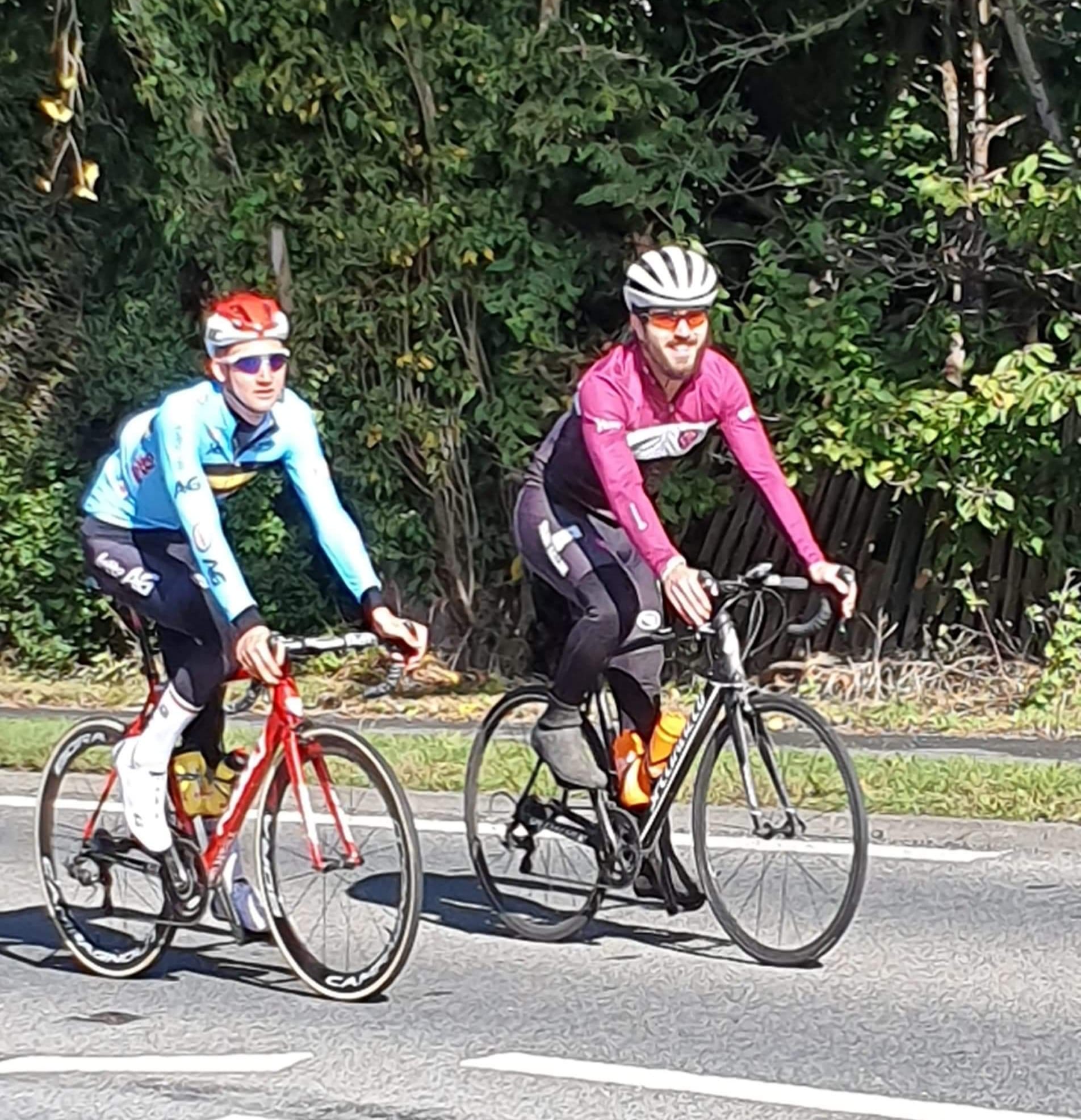
The 2021 Tour de France is not far away with the Grand Départ taking place on June 26 in Brest.
The race for the yellow jersey will likely be decided on the mountains of the Alps, Massif Central, and the Pyrenees, but which ones could be the most decisive?
There are always stand-out mountain stages in every edition of the Tour and the 108th running of the event is no different, including a mind-boggling double ascent of Mont Ventoux, the Tourmalet, and some of Andorra's highest mountains.
Last year's race showed that anything can happen right up to the penultimate stage, and it is vital riders don't lose time at any point otherwise it could be the end of their challenge for the title. Primož Roglič (Jumbo-Visma) found that out the hard way in 2020 when Tadej Pogačar (UAE Team Emirates) not only ripped yellow away from his fellow Slovenian but also put an extra minute into him for good measure on the stage 20 time trial.
>>> Tour de France 2021 route: Details of all the stages in the 108th edition
So what mountain passes could see the race flip on its head? Maybe even see the race all but won... Well, we've put together a list of some of the obvious and some of the lesser-known climbs that could change the shape of this year's race.
What will the teams use in the mountain stages?
For these stages, any unnecessary weight will be unwanted, however it's now known that aerodynamics still play a key role even with climbing, meaning that many teams stick to the same bike throughout the Tour de France, the time trial stages being the exception.
Get The Leadout Newsletter
The latest race content, interviews, features, reviews and expert buying guides, direct to your inbox!
So don't be surprised to see that sprinter Mark Cavendish will be riding the best lightweight bikes in the shape of the Specalized S-Works Tarmac SL7 for both the flatter sprint days and the gruelling mountain stages in order to take advantage of any free speed, especially as his bike will weigh in at around the 7.2kg mark, the UCI legal weight limit is 6.8kg (14.99lb).
The biggest equipment changes will be in the form of teams selecting the best road bike wheels and best road bike tyres for the stages. The decisions will be made on the day depending on road surfaces, weather and how technical the descents are, balancing weight, rolling resistance and grip requirements.
It's also likely that teams will be making kit swap outs, choosing some of the best road bike helmets that are lightweight and breathable, and likewise with clothing. Riders will always don the best clothing, but in the mountains, especially if it's a hot day, it's likely that the best cycling jerseys will be specifically for climbing, and will be aero fitting, have minimal bulk, be mainly mesh, and leave little to the imagination.
The best bib shorts for a day in the mountains come down to rider preference, with many opting for a pair that offers plenty of comfort for several sweaty hours in the saddle.
Mûr de Bretagne - Stage two
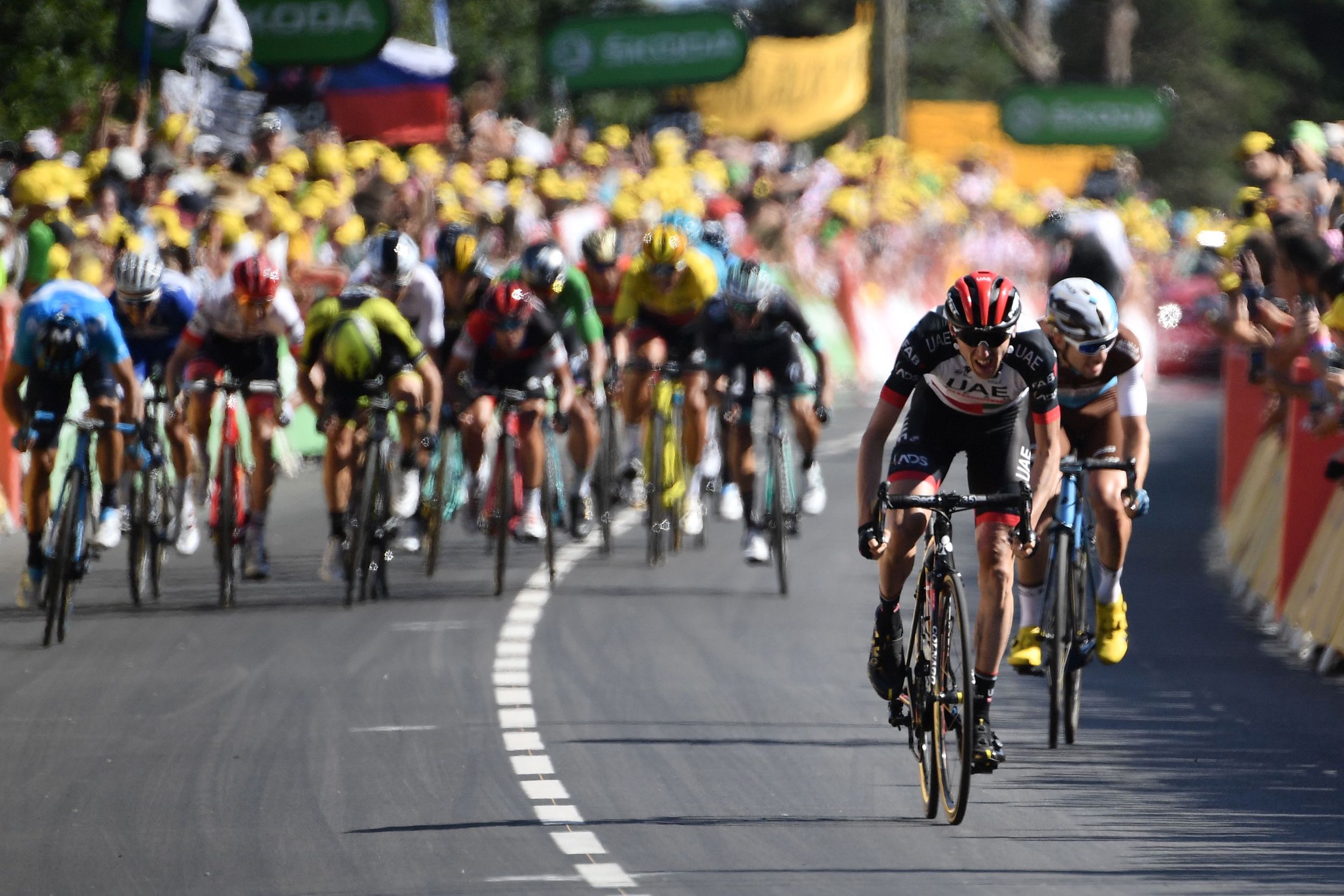
Sure it's not by any means the biggest climb in the route for any race, never mind this year's Tour, but the Mûr de Bretagne could be the first major shake-up of the GC contenders, especially as the peloton will tackle it twice.
At 2km with an average gradient of 6.5 per cent, it doesn't sound that bad, but with a maximum gradient of a leg-screamingly-steep 13.4 per cent for 100 metres, its easy to see why its a favourite of the likes of Dan Martin (Israel Start-Up Nation), the last winner on the climb in 2018.
Looking at the race start list so far the likes of Mathieu van der Poel (Alpecin-Fenix), Julian Alaphilippe (Deceuninck - Quick-Step), and Wout van Aert (Jumbo-Visma) could use their explosive acceleration to go for the win and maybe the yellow jersey on this climb.
But it's the gaps that are the important one, not only do the riders need to tackle the Mûr twice in the finishing circuit, the race also takes on a very short steep kick just after the first passage of the climb. This means that a group could get away and potentially stay away if it has the right makeup. GC contenders will have to be on high alert.
This turned out to be the case as it was Van der Poel who attacked both ascents to take maximum bonus seconds to take the yellow jersey. A break didn't stay away but Van der Poel put in a masterful display for yellow and the stage win.
Col de la Colombiere - Stage eight
It may not match the stature of the Grand Colombiere in any way, but the Col de la Colombiere is still a challenge that could give a few GC riders a nasty surprise.
The climb is the last of a day that sees the peloton battered by eight climbs, albeit with just the last three categorised. But the Colombiere on its own is a tough challenge. At 7.5km long with an average gradient of 8.5 per cent, this is the final kick before a descent to the finish in Le Grand-Bornand. The last winner there was Alaphilippe; maybe we will see the same again in 2021?
Tignes - Stage nine
The next day after the Colombiere, the first major mountains day beckons the riders. Five climbs, all categorised, line the route but the toughest and longest of the day is the final climb up to the ski resort of Tignes, a climb that was meant to feature in the 2019 race before it was hit by extreme weather, handing the yellow jersey to Egan Bernal (Ineos Grenadiers) on the day.
The climb is the first of the race over the 20km mark. At 21km long with an average gradient of just 5.6 per cent, it's more of a grind up rather than the gradient deciding the race. It does kick up towards the end of the climb with gradients heading close to 10 per cent.
These sorts of climbs suit riders who can set a very strong pace and put in a surge to the line, such as Geraint Thomas (Ineos Grenadiers). Unfortunately for the British rider, he is unlikely to distance the likes of Roglič and Pogačar here if they are on the same form as last year.
Mont Ventoux - Stage 11
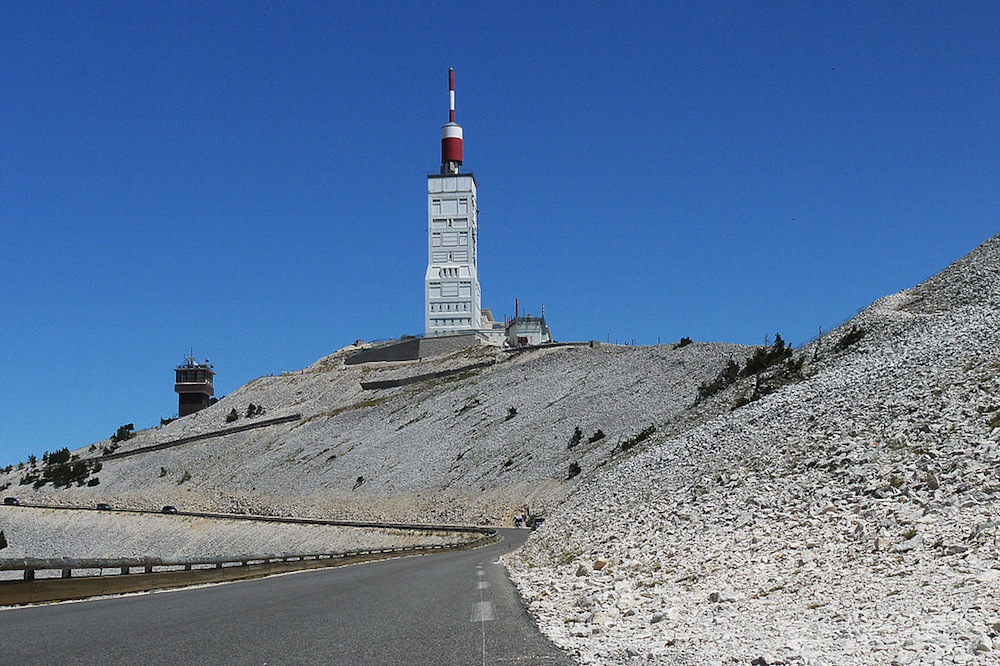
The 'Giant of Provence' is back at the Tour de France after making multiple appearances at the Tour de la Provence and, of course, the Mont Ventoux challenge. It comes back to the Tour with a bang as the peloton take on the monstrous climb twice.
Ventoux will be ridden up on two different sides with the first ascent from the Sault side; a very long 24.3km at an average of five per cent. It does join the road we're used to seeing at the famous Chalet Reynard for the final 5km of the first climb.
They then arc back around to take the climb on from the more traditional side from Bédoin. This classic ascent is 15.7km at a more brutal average of 8.8 per cent.
The attacks will likely come on the second ascent of the climb before a rapid descent to the line in Malaucène. This absolutely has to be one of the best places to put a few tactical riders in the breakaway to potentially have on the final climb.
Col de Saint-Louis - Stage 14
Definitely one of the lesser know climbs. The Col de Saint-Louis is still a potentially vital climb in this age of racing.
The 4.7km climb is a steep one with an average gradient of 7.4 per cent. It will suit the racing style of the likes of Pogačar and Roglič but it could also see riders like Richard Carapaz (Ineos Grenadiers) gain time.
Thomas and other power climbers will have to be careful and try to limit their losses on the descent and the flat to the finish in Quillan 18km after the summit.
Port d'Envalira - Stage 15
The highest point of the entire Tour de France is, in fact, not in France at all. The race heads into Andorra and to the altitude of 2408 metres above sea level.
The climb isn't particularly long at 10.9km with an average gradient of 5.9 per cent. But you could say the climb is around 16km due to the climb of the Col de Puymorens coming just before.
It could also be a perfect launchpad for an early move with a long descent down before tackling the Col de Beixalis, which also has bonus seconds on the top then a descent down to Andorra-de-la-Vella.
>>> Tour de France jerseys: Yellow, green, white and polka-dot explained
Col du Portet - Stage 17
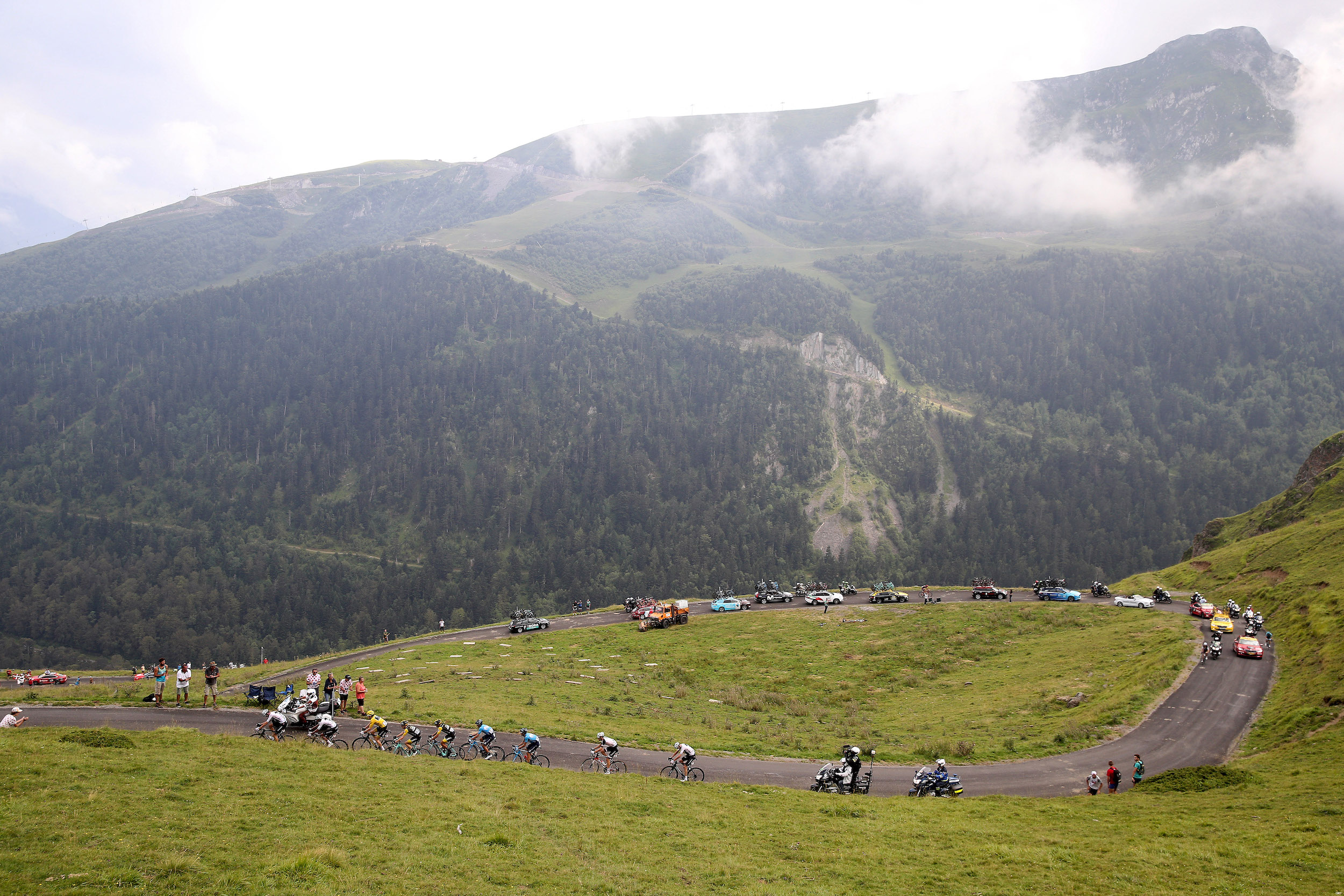
The climb that finished off the stage which had the bizarre grid start and a distance of under 100km in 2018. This time it is at the end of 178.4km with two climbs coming before it.
It is a brutal climb and summit finish at 16km with an average gradient of 8.7 per cent. This could see a breakaway stay away, it comes at that point in the race. However, that does not take away the potential GC battle behind.
This stage really gives off vibes of the Col de la Loze stage that was won by Miguel Ángel López (Movistar) and also saw Roglič put time into Pogačar, but ultimately it was not enough.
>>> Tour de France 2021 start list: Teams for the 108th edition
Col du Tourmalet and Luz Ardiden - Stage 18
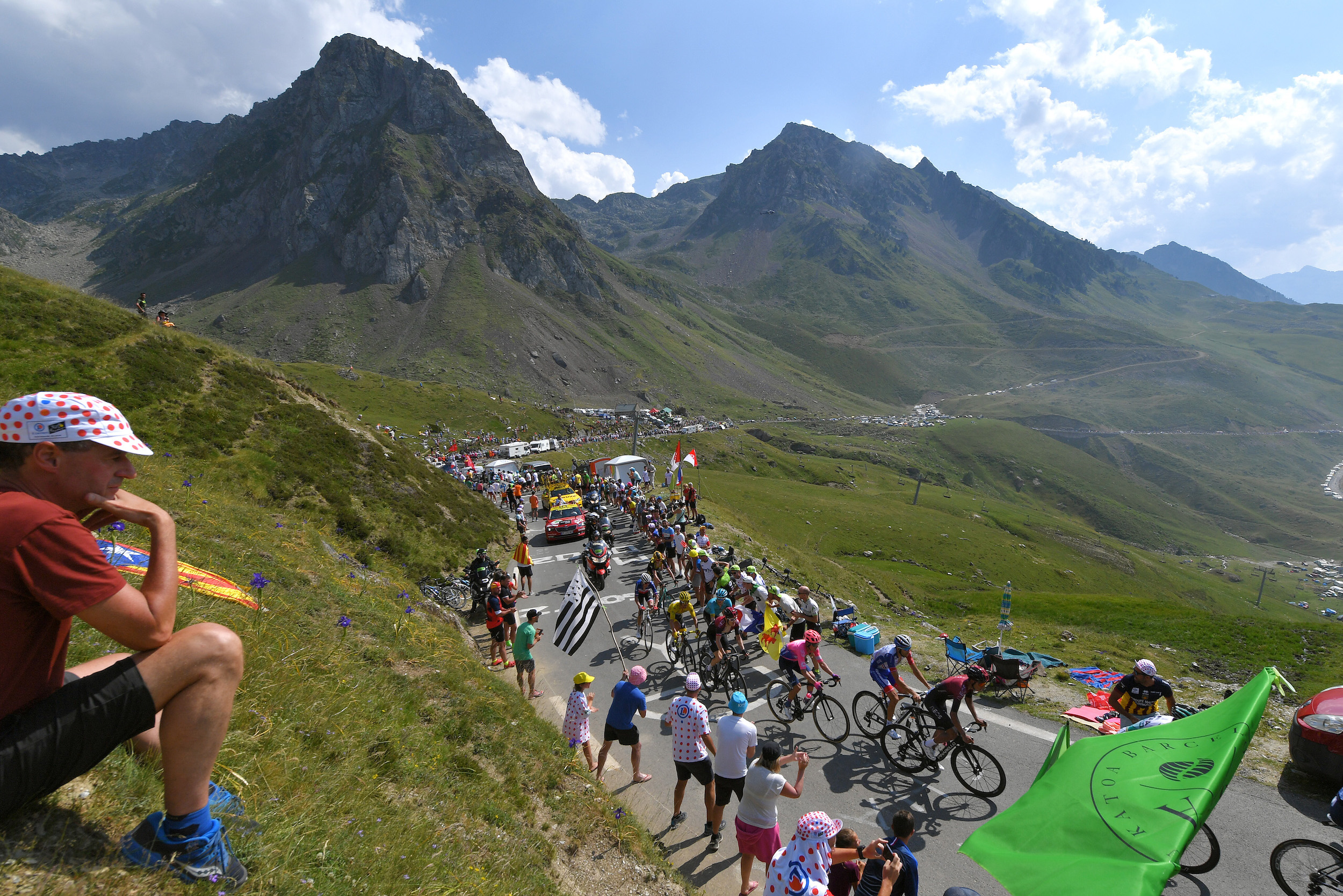
Whether or not the main GC riders decide to hit out early on the Tourmalet is unclear. If they do, the race could be all over the mountain with huge time gaps, but anyone going on the attack has to have astonishing legs as after that they need to take on the climb to Luz Ardiden.
The Tourmalet is 17.1km at an average of 7.3 per cent with a pretty similar distance down the other side towards Luz Ardiden.
Kicking up to the ski station has almost the same average gradient as the Tourmalet but over 13.3km at an average of 7.4 per cent.
It is one of the biggest days in the Pyrenees but will anyone try and take full control of the overall lead? It would be their last chance in the mountains as the final three stages are a sprint stage, a 30.8km individual time trial, and the Paris stage.

Thank you for reading 20 articles this month* Join now for unlimited access
Enjoy your first month for just £1 / $1 / €1
*Read 5 free articles per month without a subscription

Join now for unlimited access
Try first month for just £1 / $1 / €1
Hi, I'm one of Cycling Weekly's content writers for the web team responsible for writing stories on racing, tech, updating evergreen pages as well as the weekly email newsletter. Proud Yorkshireman from the UK's answer to Flanders, Calderdale, go check out the cobbled climbs!
I started watching cycling back in 2010, before all the hype around London 2012 and Bradley Wiggins at the Tour de France. In fact, it was Alberto Contador and Andy Schleck's battle in the fog up the Tourmalet on stage 17 of the Tour de France.
It took me a few more years to get into the journalism side of things, but I had a good idea I wanted to get into cycling journalism by the end of year nine at school and started doing voluntary work soon after. This got me a chance to go to the London Six Days, Tour de Yorkshire and the Tour of Britain to name a few before eventually joining Eurosport's online team while I was at uni, where I studied journalism. Eurosport gave me the opportunity to work at the world championships in Harrogate back in the awful weather.
After various bar jobs, I managed to get my way into Cycling Weekly in late February of 2020 where I mostly write about racing and everything around that as it's what I specialise in but don't be surprised to see my name on other news stories.
When not writing stories for the site, I don't really switch off my cycling side as I watch every race that is televised as well as being a rider myself and a regular user of the game Pro Cycling Manager. Maybe too regular.
My bike is a well used Specialized Tarmac SL4 when out on my local roads back in West Yorkshire as well as in northern Hampshire with the hills and mountains being my preferred terrain.
-
 Tadej Pogačar flies to dominant victory at La Flèche Wallonne
Tadej Pogačar flies to dominant victory at La Flèche WallonneSlovenian takes second win at Belgian classic ahead of Kévin Vauquelin and Tom Pidcock
By Tom Thewlis
-
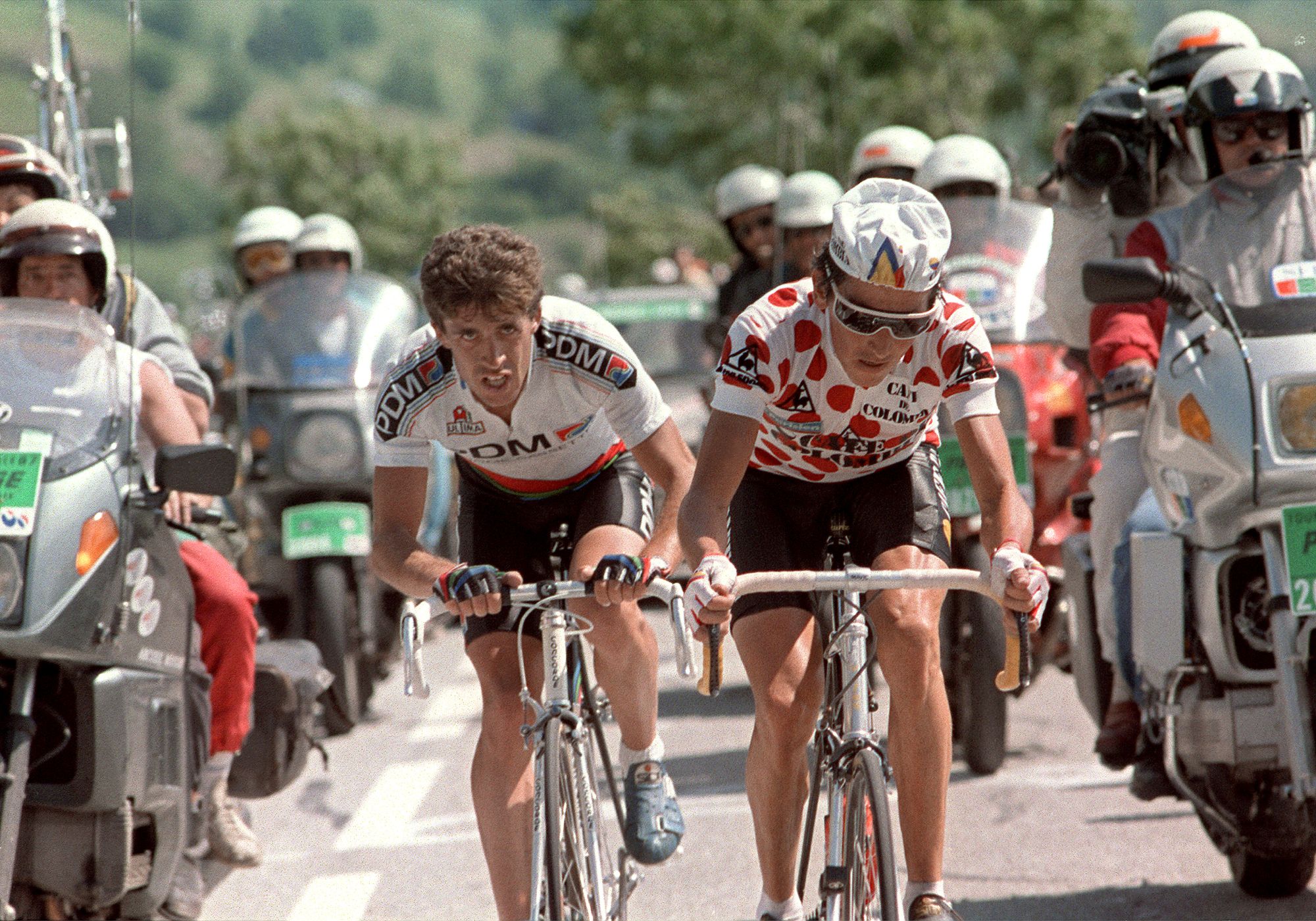 Colombian climbing star and former Vuelta a España winner Lucho Hererra could be investigated over murders of four people
Colombian climbing star and former Vuelta a España winner Lucho Hererra could be investigated over murders of four peopleA judge has called for an investigation into the former Vuelta winner who is alleged to have worked with paramilitary groups in Colombia
By Tom Thewlis
-
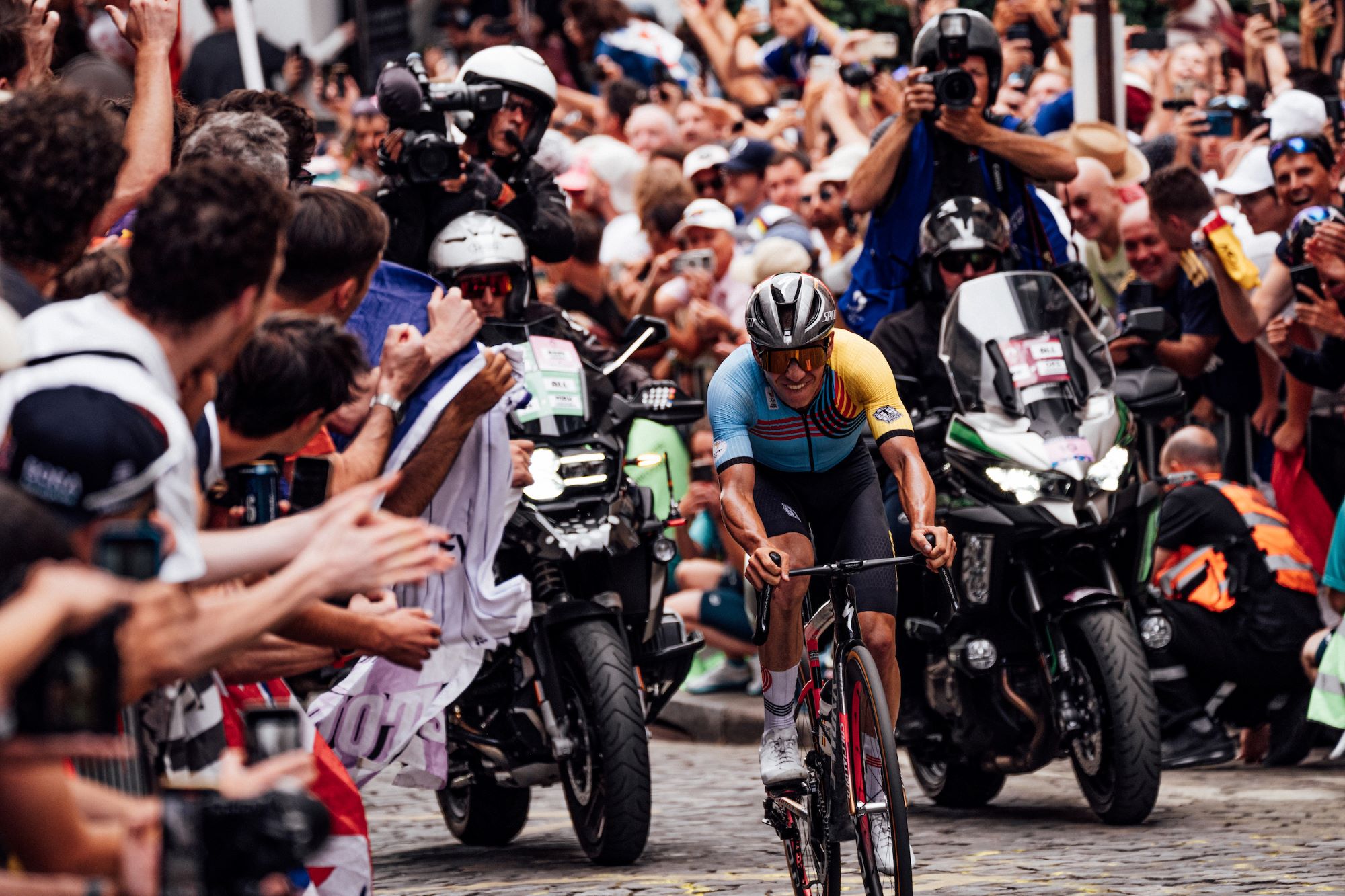 Remco Evenepoel hails end of 'dark period' and announces racing return
Remco Evenepoel hails end of 'dark period' and announces racing returnOlympic champion says comeback from training crash has been 'the hardest battle of my life so far'
By Tom Thewlis
-
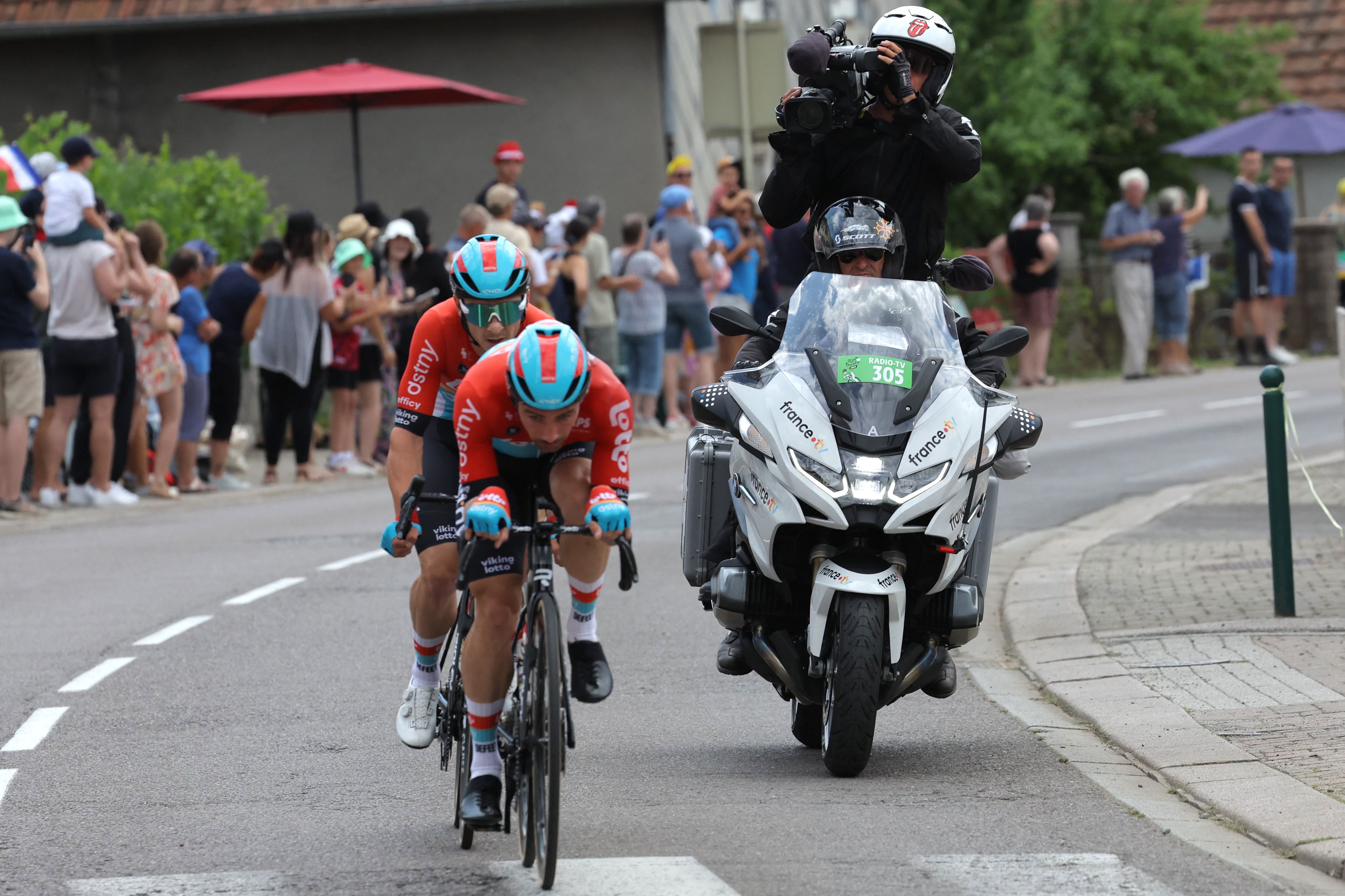 'We need to keep the biggest race in the sport free' - Petition calling for Tour de France to remain on free-to-air television reaches 10,000 signatures
'We need to keep the biggest race in the sport free' - Petition calling for Tour de France to remain on free-to-air television reaches 10,000 signaturesAs things stand, the Tour will be not be free to watch in 2026, but a petition is seeking to change the way it is categorised by the UK government
By Adam Becket
-
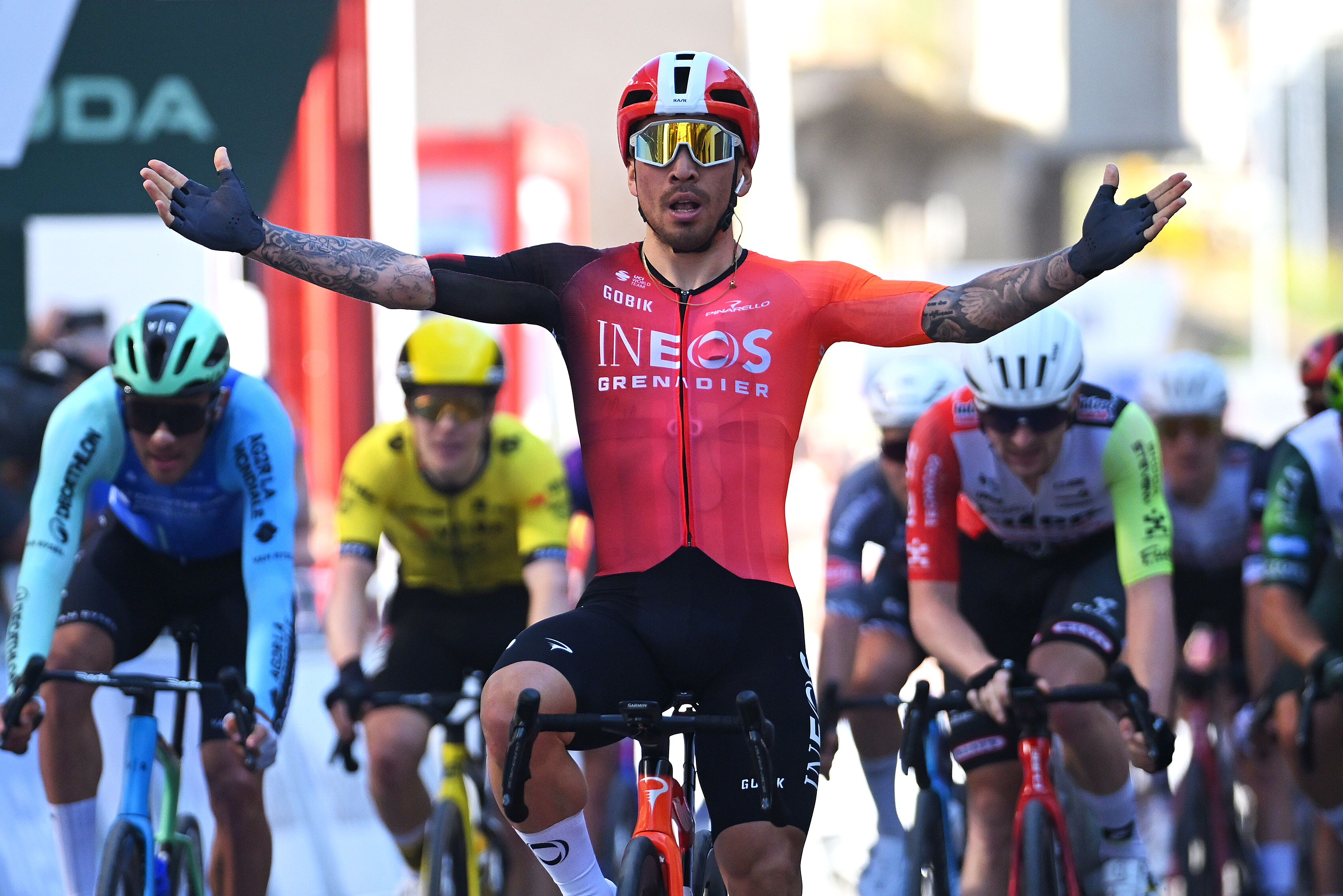 Could Caleb Ewan be Ineos Grenadiers' first Tour de France sprinter since Mark Cavendish? 'That's my goal'
Could Caleb Ewan be Ineos Grenadiers' first Tour de France sprinter since Mark Cavendish? 'That's my goal'"All I can do is try to win as much as possible and prove that I deserve to be there," says Australian
By Tom Davidson
-
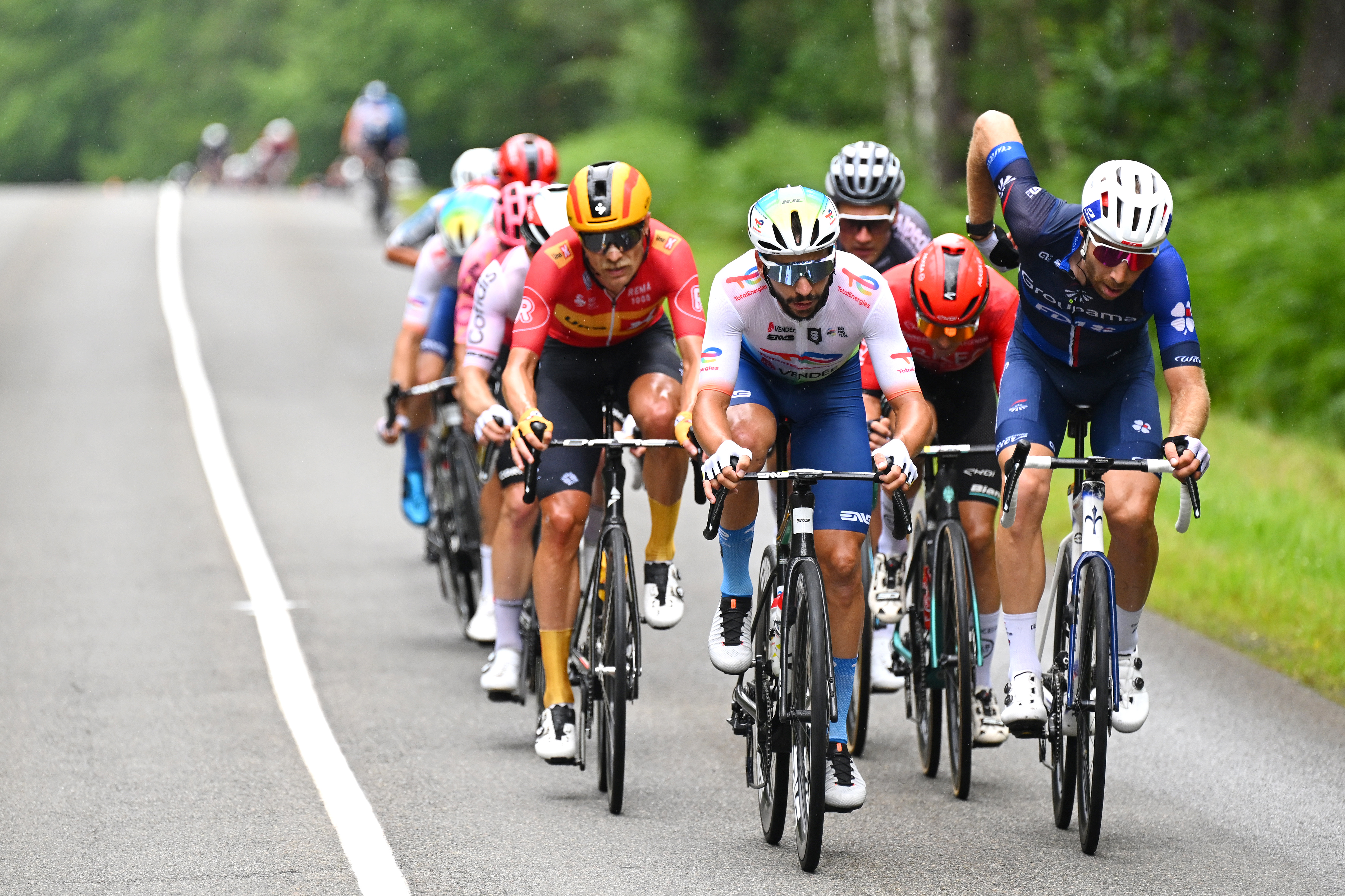 Extra wildcard team approved for Tour de France, Giro d'Italia and Vuelta a España
Extra wildcard team approved for Tour de France, Giro d'Italia and Vuelta a EspañaNumber of teams to increase from 22 to 23 at men's Grand Tours
By Tom Davidson
-
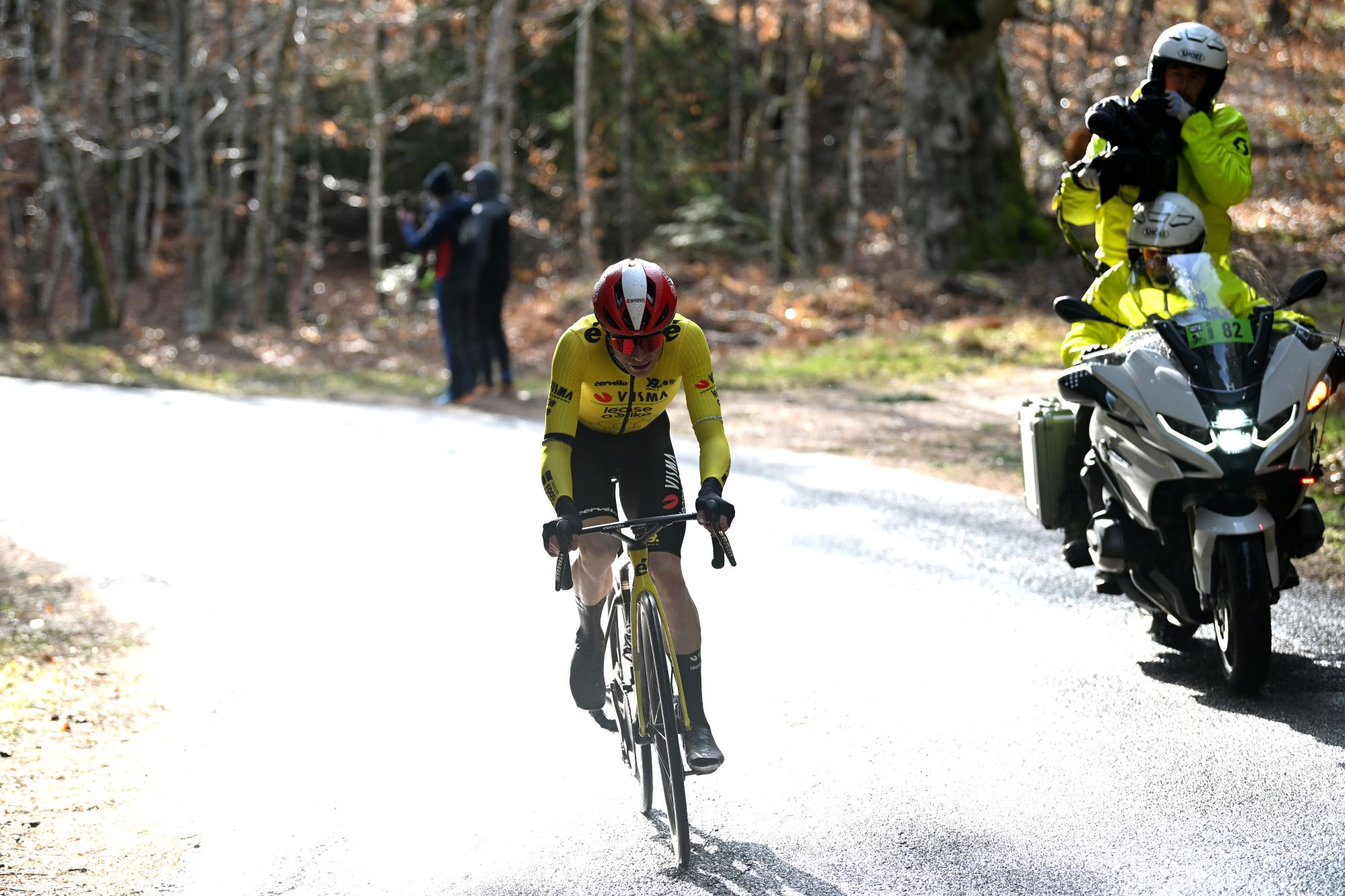 Jonas Vingegaard out of Volta a Catalunya after Paris-Nice crash
Jonas Vingegaard out of Volta a Catalunya after Paris-Nice crashVisma-Lease a Bike say two-time Tour de France winner needs more time to recover from wrist injury sustained in France last week
By Tom Thewlis
-
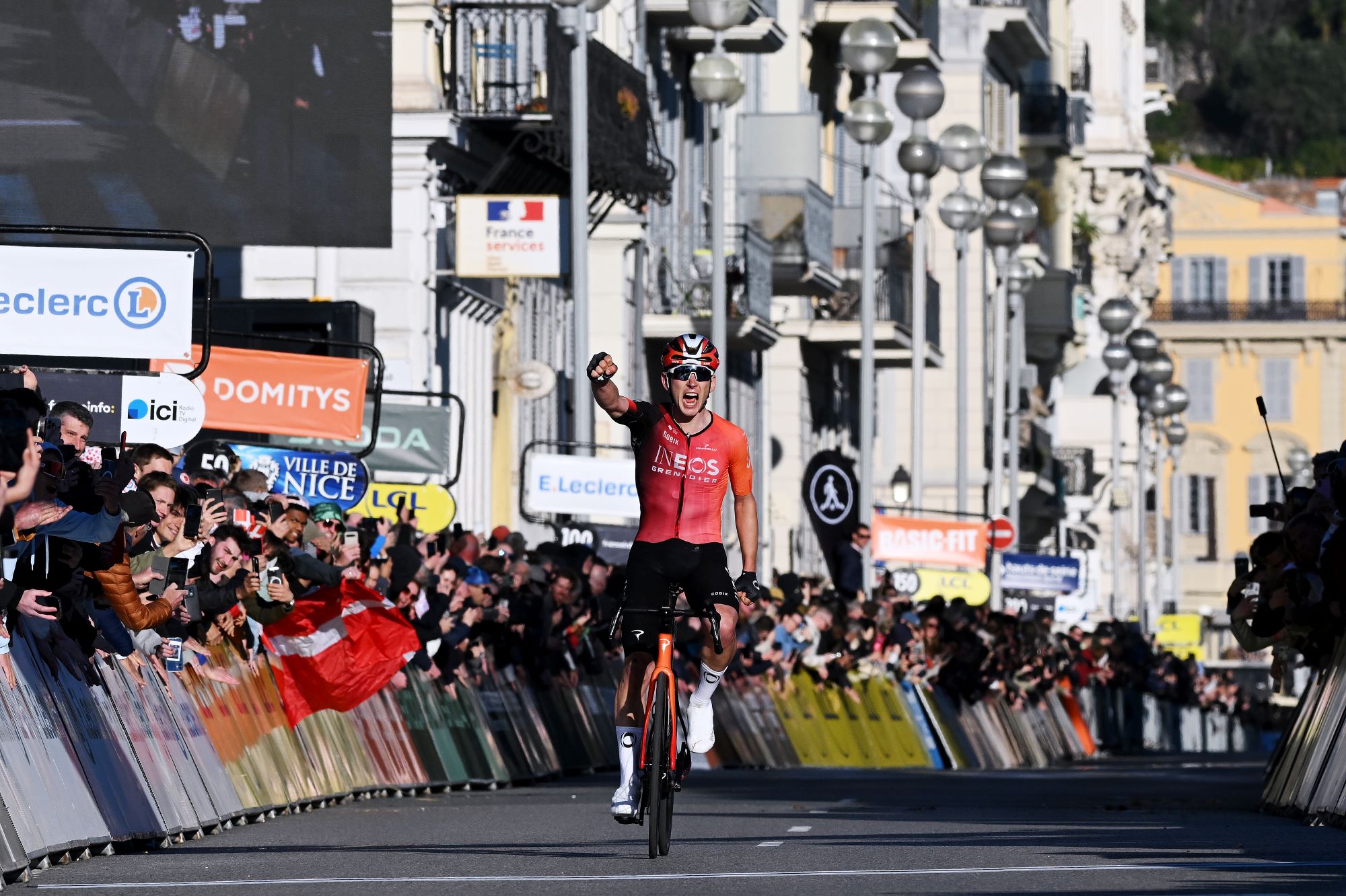 'We've all got a little bit extra in us this year' - Ineos Grenadiers recapture 'fighting spirit' with aggressive Paris-Nice display
'We've all got a little bit extra in us this year' - Ineos Grenadiers recapture 'fighting spirit' with aggressive Paris-Nice displayBritish team continue to put tumultuous 2024 behind them with momentum and a new found mentality
By Tom Thewlis
-
 Matteo Jorgenson aiming to 'set the bar higher' and target a Grand Tour after securing second Paris-Nice title
Matteo Jorgenson aiming to 'set the bar higher' and target a Grand Tour after securing second Paris-Nice titleAmerican explained that targeting a win in one of the sport's biggest three-week races was now the logical next step in his career
By Tom Thewlis
-
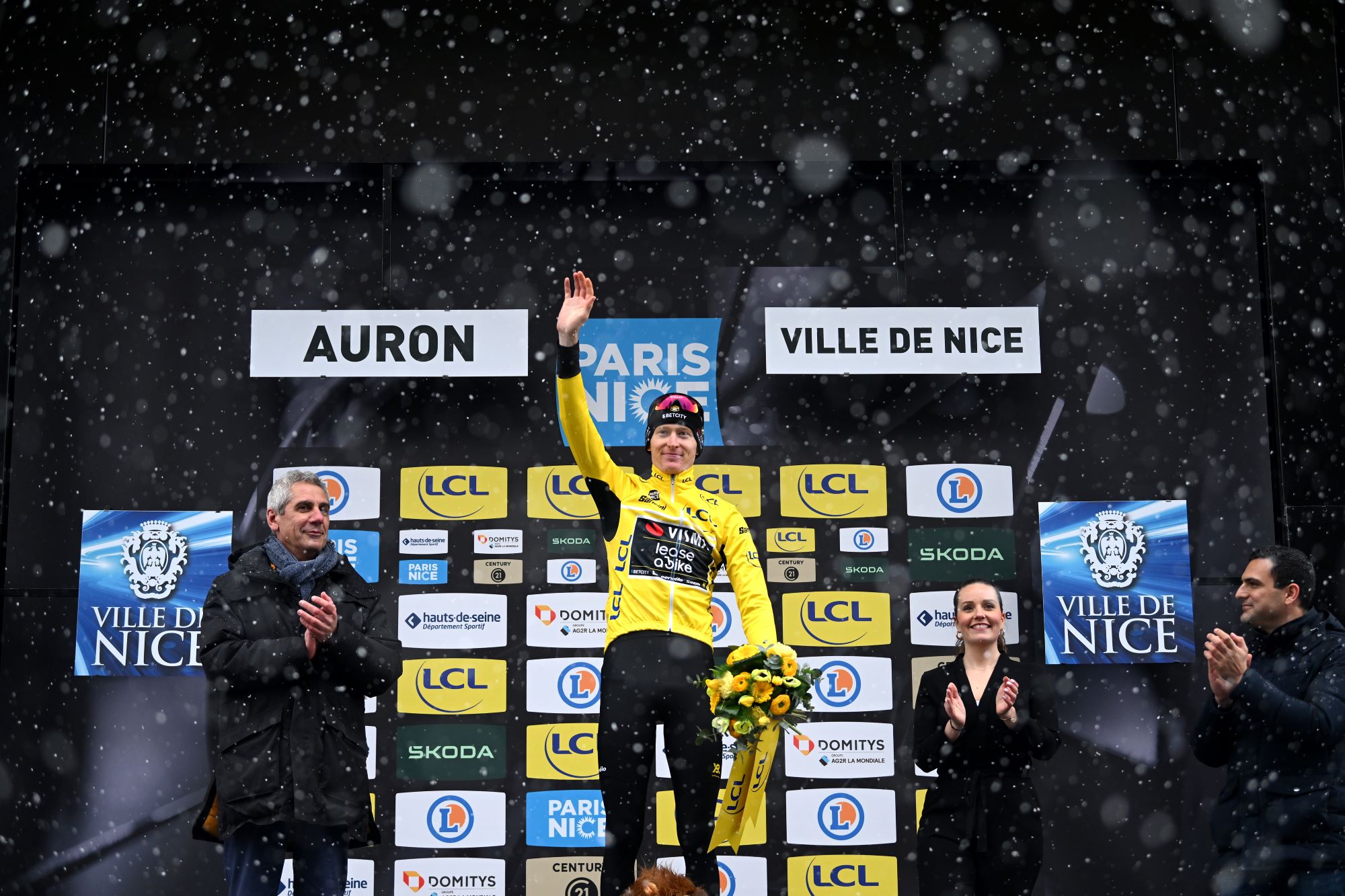 Matteo Jorgenson rules out Tour de France leadership after Jonas Vingegaard's withdrawal from Paris-Nice
Matteo Jorgenson rules out Tour de France leadership after Jonas Vingegaard's withdrawal from Paris-NiceThe American is on the cusp of a second consecutive victory at the Race to the Sun
By Tom Thewlis